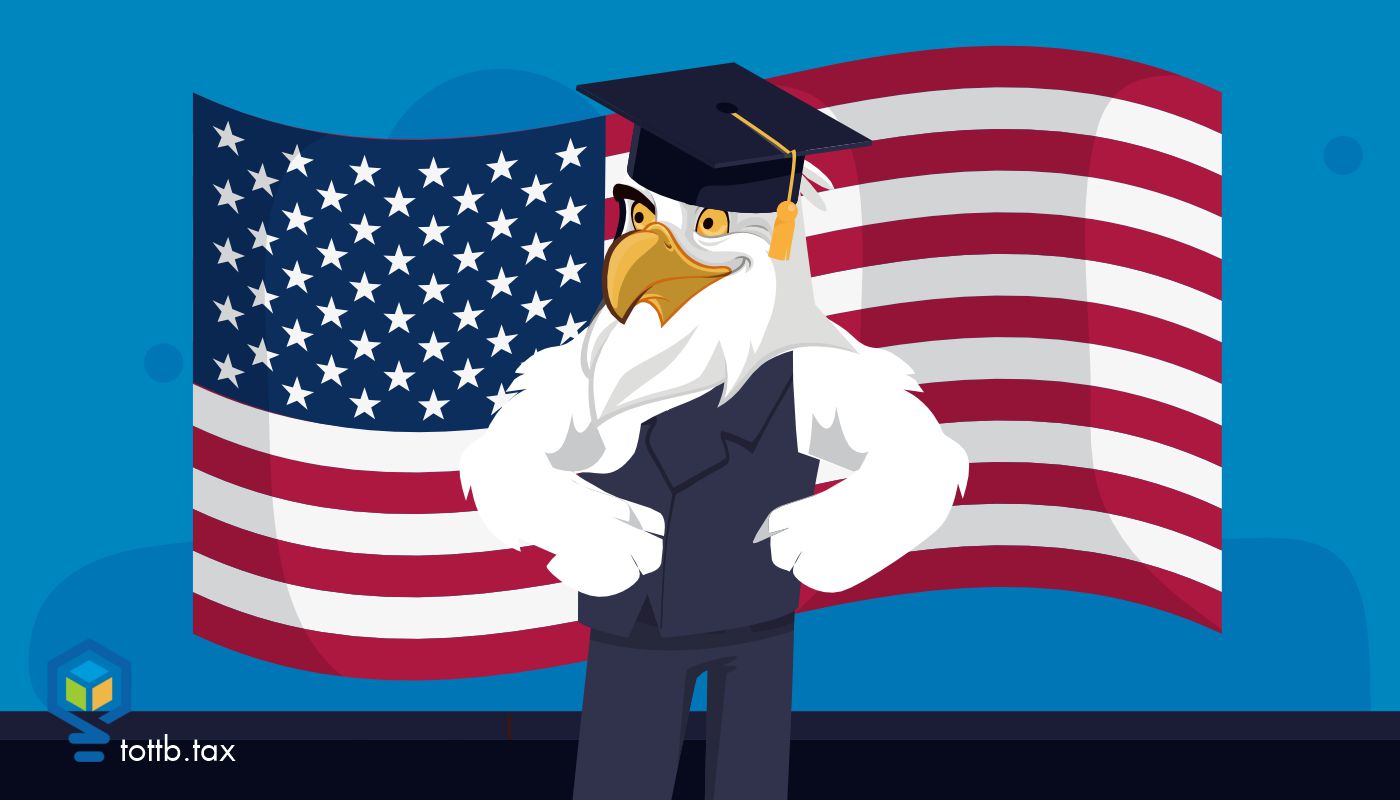In Part 1 of this series, we took a deeper dive into IRMAA planning and minimizing tax on your Social Security benefits. You play a large role in shaping your retirement years in terms of lifestyle and financial health. Think of taking advantage of the many techniques to lower your tax during your retirement years as another aspect of self-care. By treating your financial health and well-being as carefully as you treat your mental and physical well-being, you can ensure that you have resources to attain your financial goals and support yourself in the style for which you’ve planned. In my practice, I see a wide range of client behavior surrounding retirement – from no planning to thoughtful, long-range planning. Looking ahead, whether you’re working with your tax professional and financial team or whether you’re planning on your own, pays off enormously.
Please read on for some additional tips and techniques for tax savings involving charitable giving, Roth IRA conversions, and minimizing capital gains taxes – and two more examples.

Charitable Impacts of the One Big Beautiful Bill Act
For charitable-minded taxpayers, several provisions in the One Big Beautiful Bill Act (OB3 Act) will impact the tax reduction associated with their charitable giving starting next year in 2026. In one case, the change increases the deductible amount, but all other changes surprisingly reduce the value of charitable contribution deductions. This article will review how the OB3 Act changed the charitable contribution deduction landscape and strategies for tax year 2025 and beyond to maximize the tax reduction value from charitable contributions.





